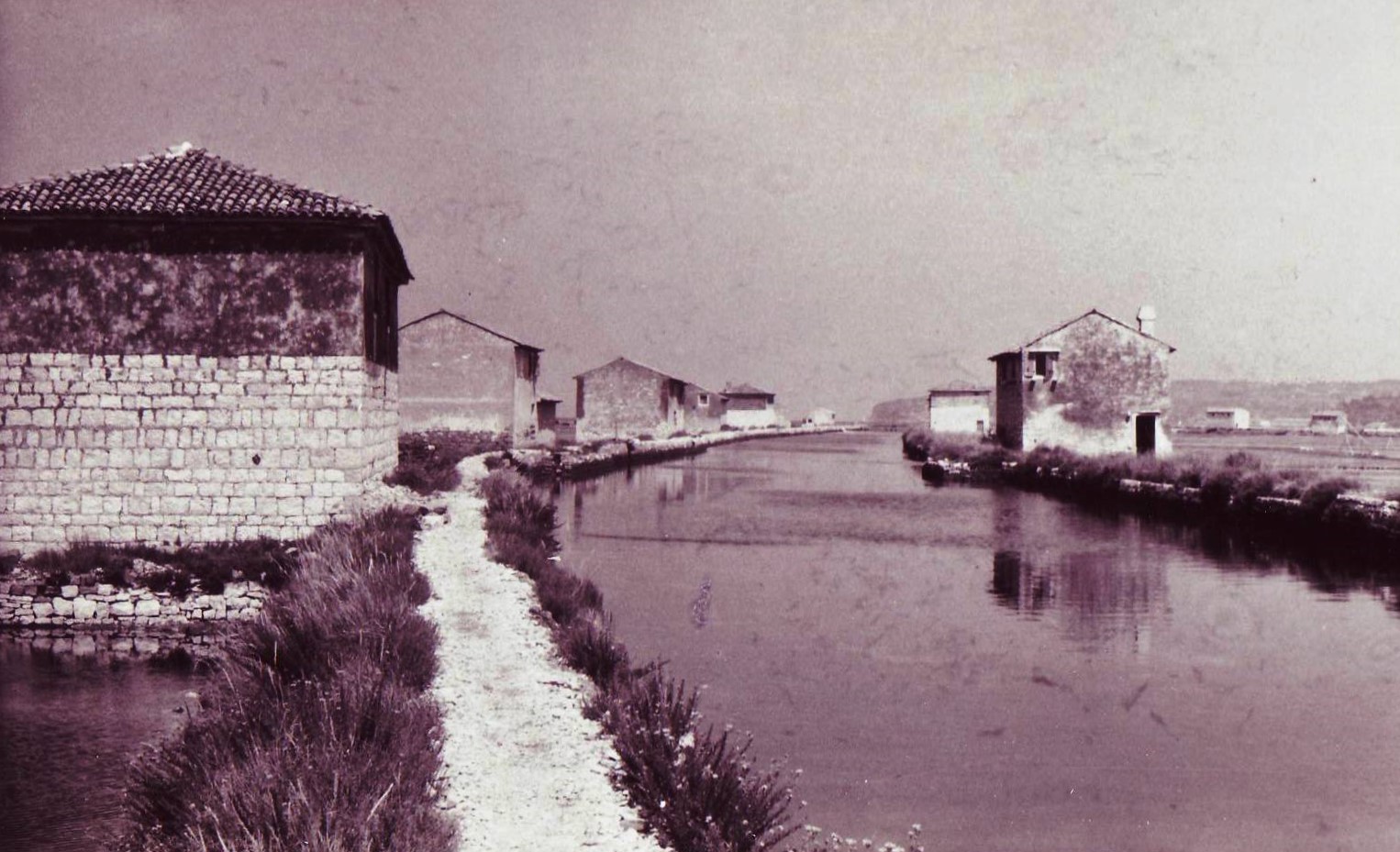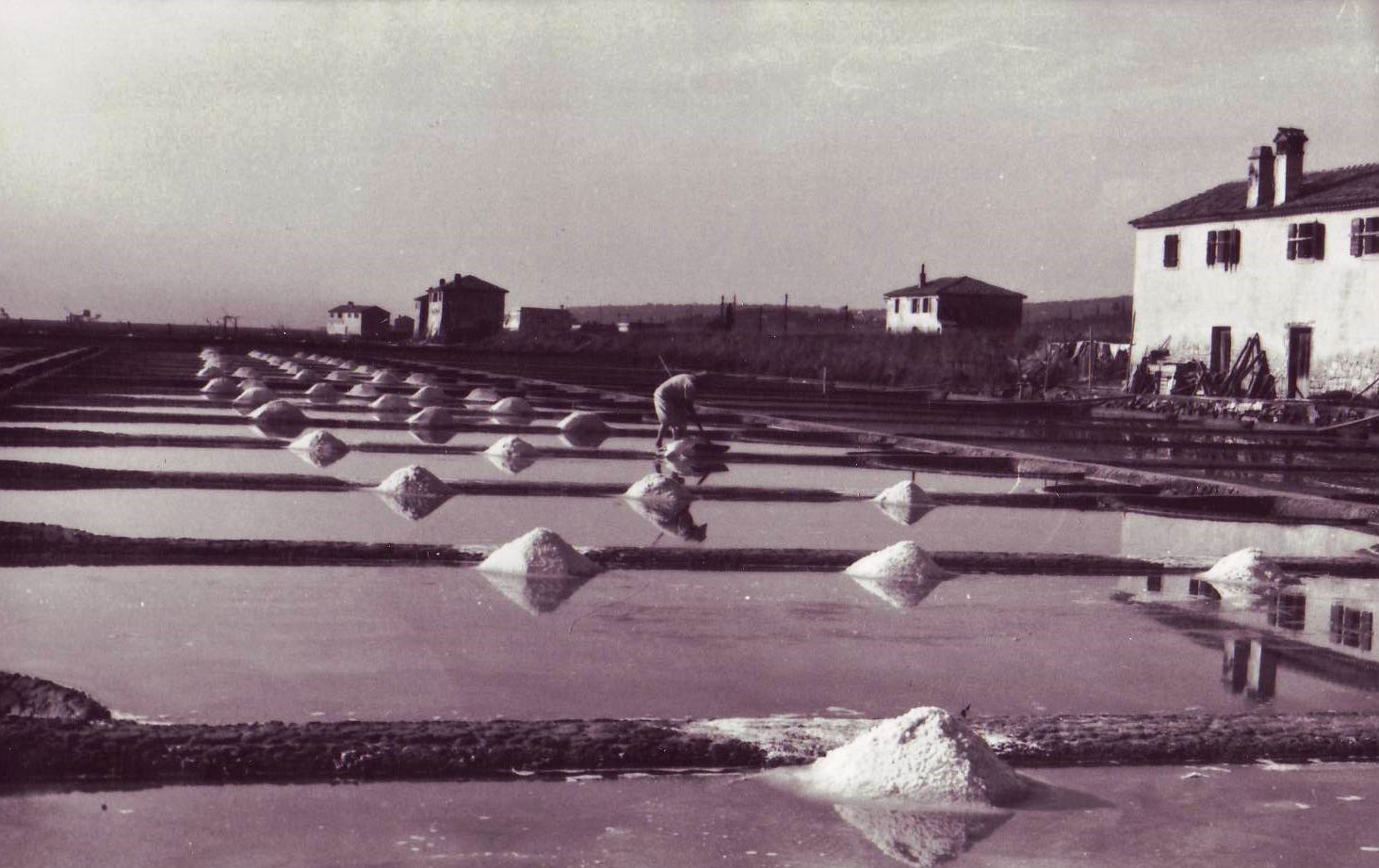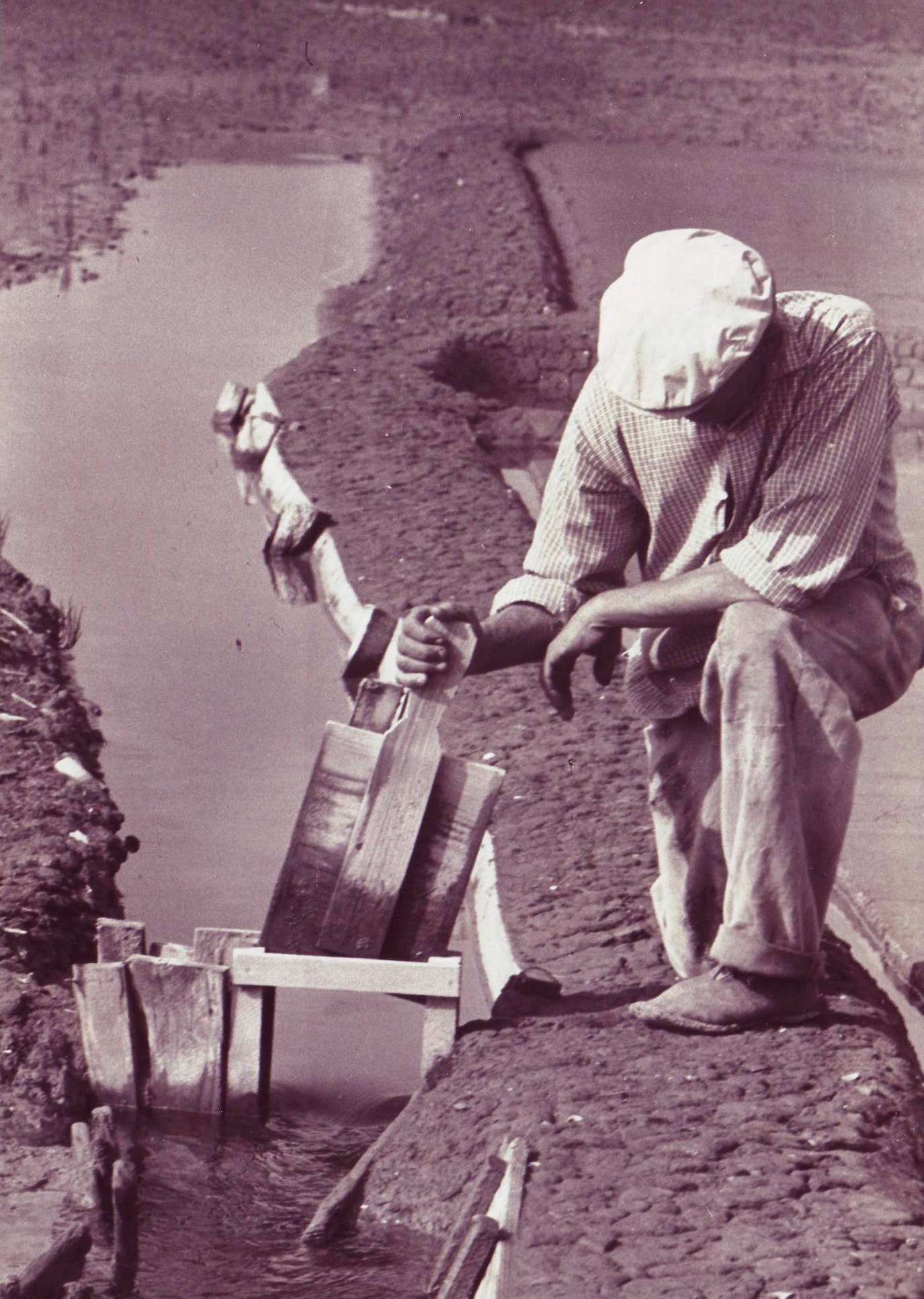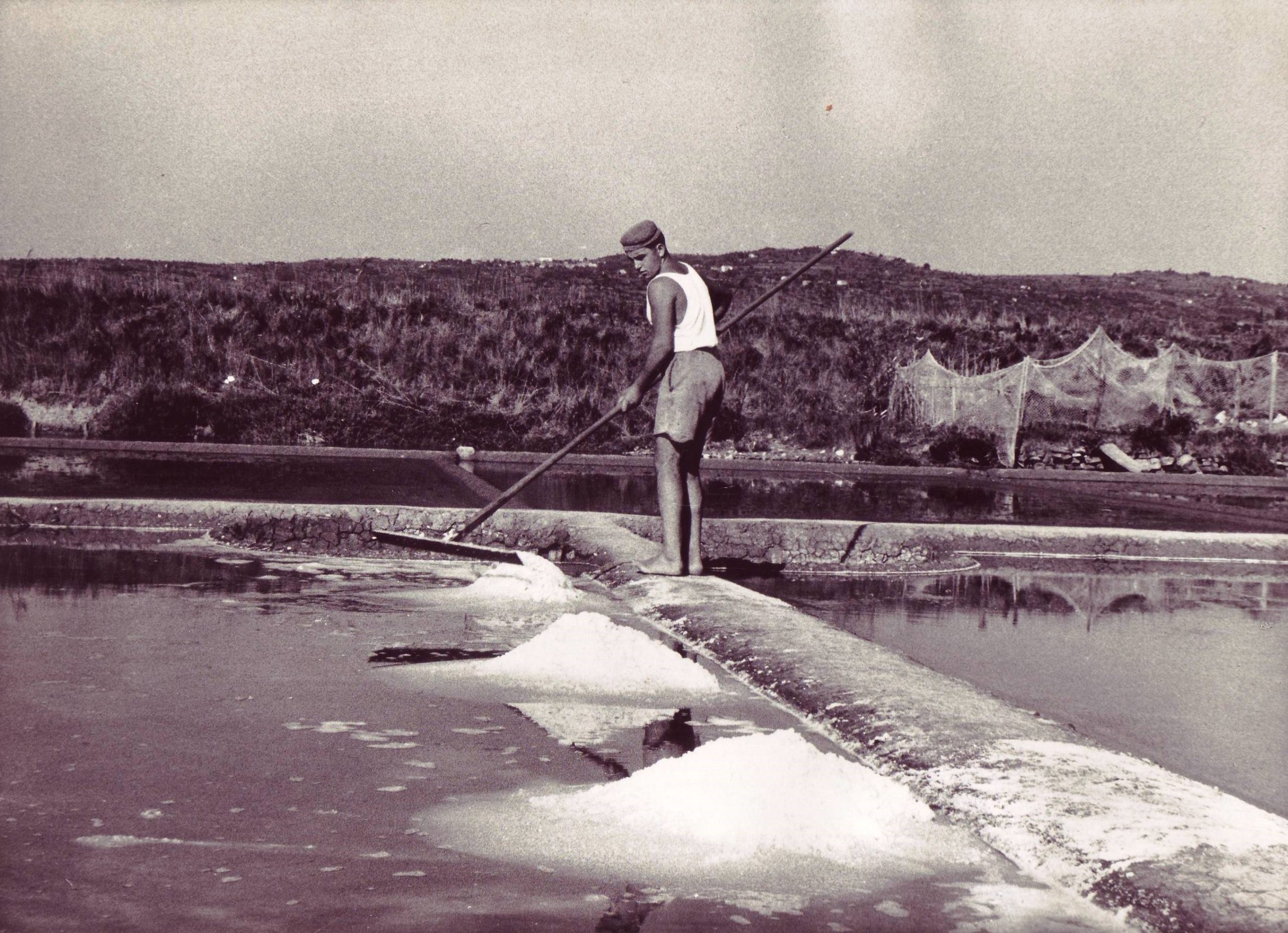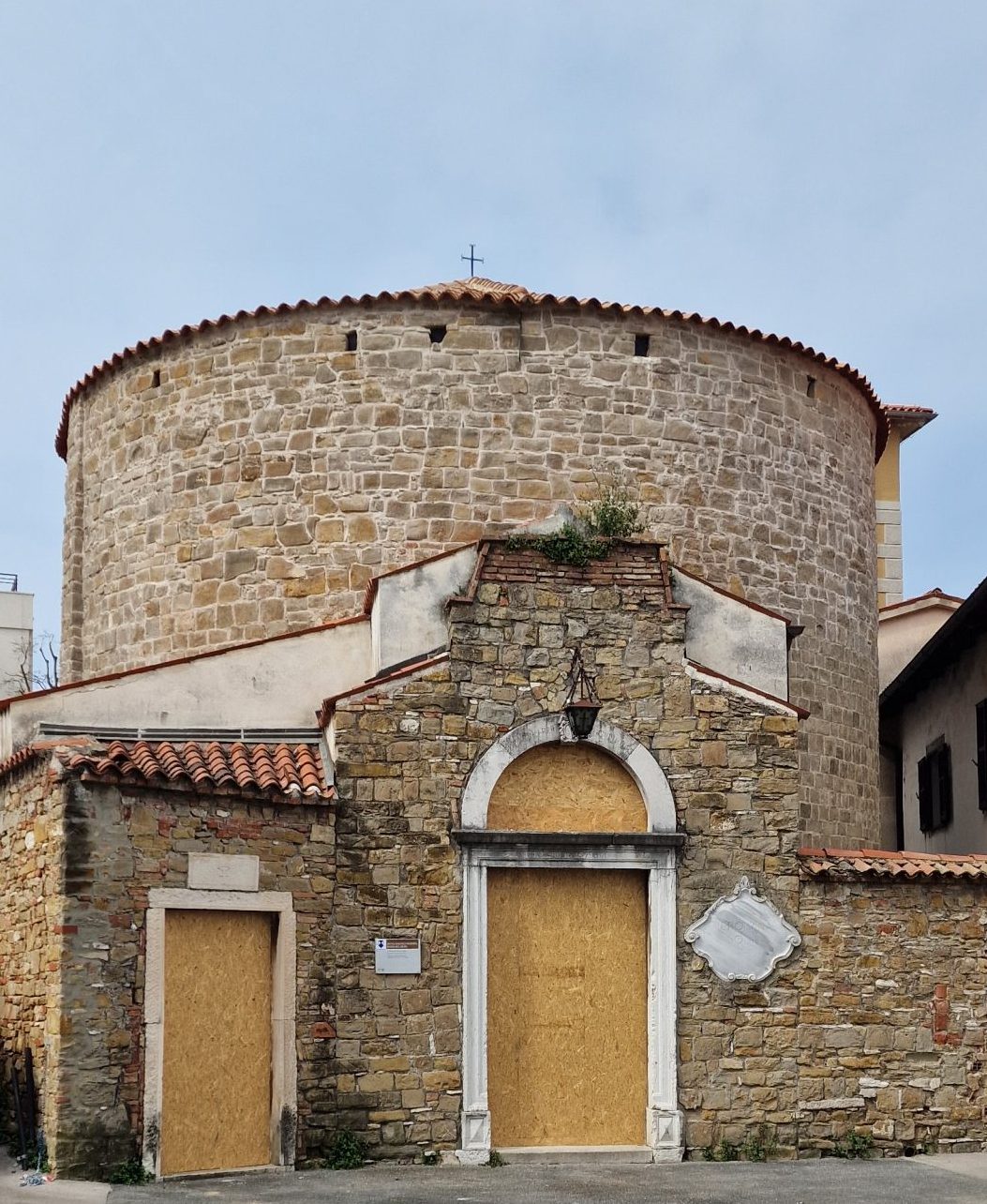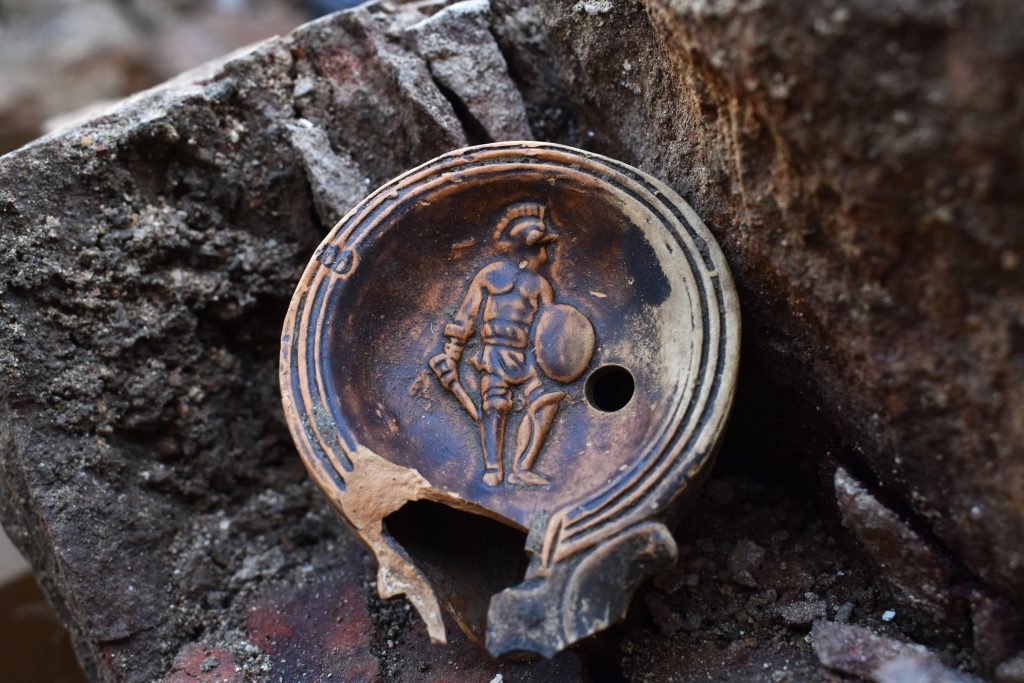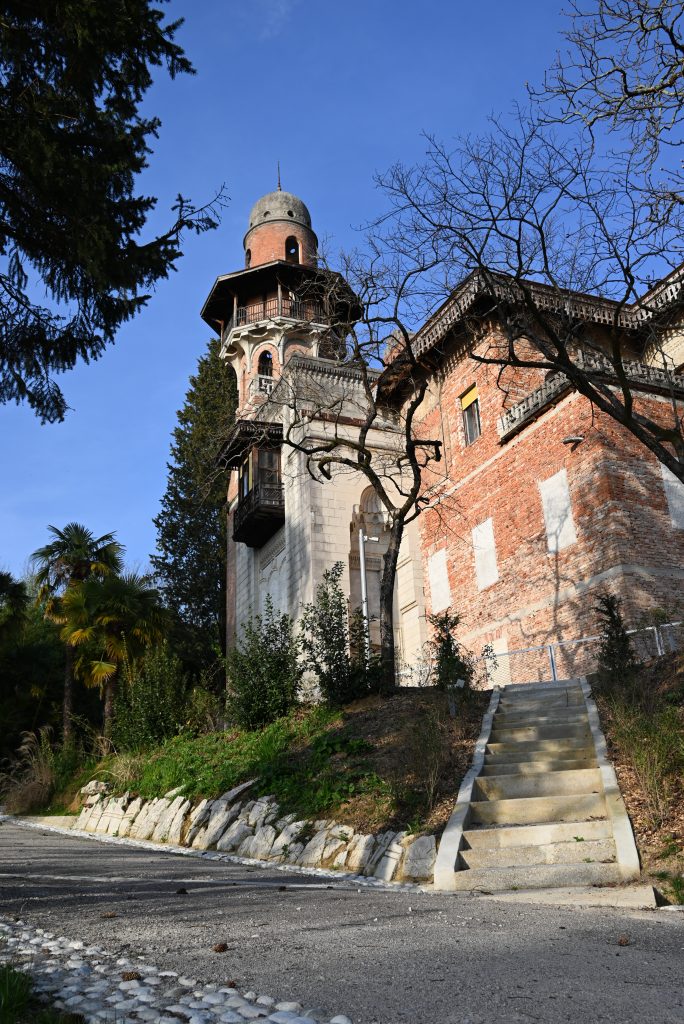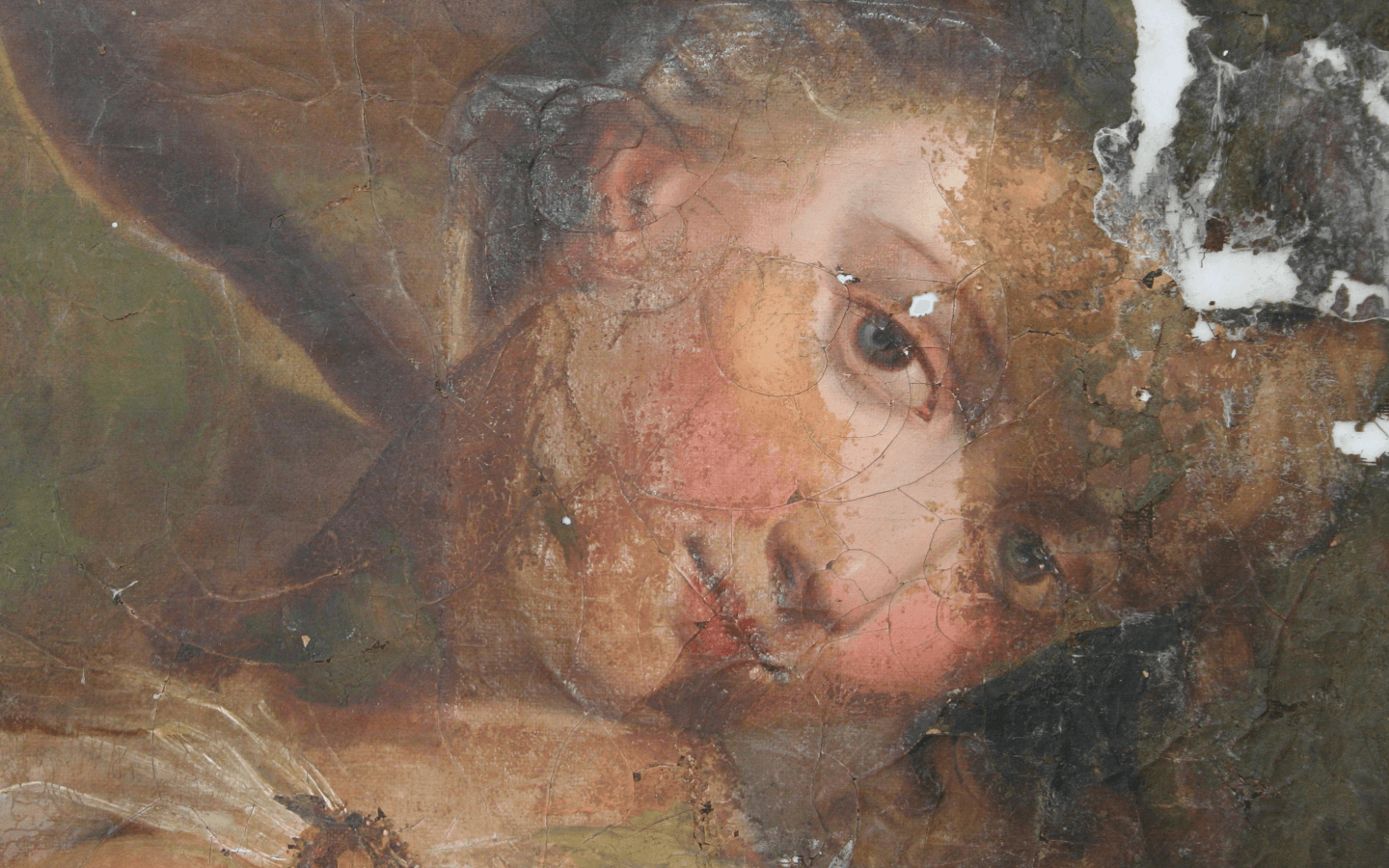Salt production in the Piran salterns has made an important mark on the coastal area. It has enabled the economic, social and cultural development of the Municipality of Piran and the wider area. It has shaped a distinctive cultural landscape at the boundary between land and sea, and represents an exceptional ecological interface of human knowledge, activity and needs. Of all the salterns that once existed in the Gulf of Trieste, only the Piran salterns have been partially preserved, which makes their testimony all the more precious.
Text by Matjaž Kljun
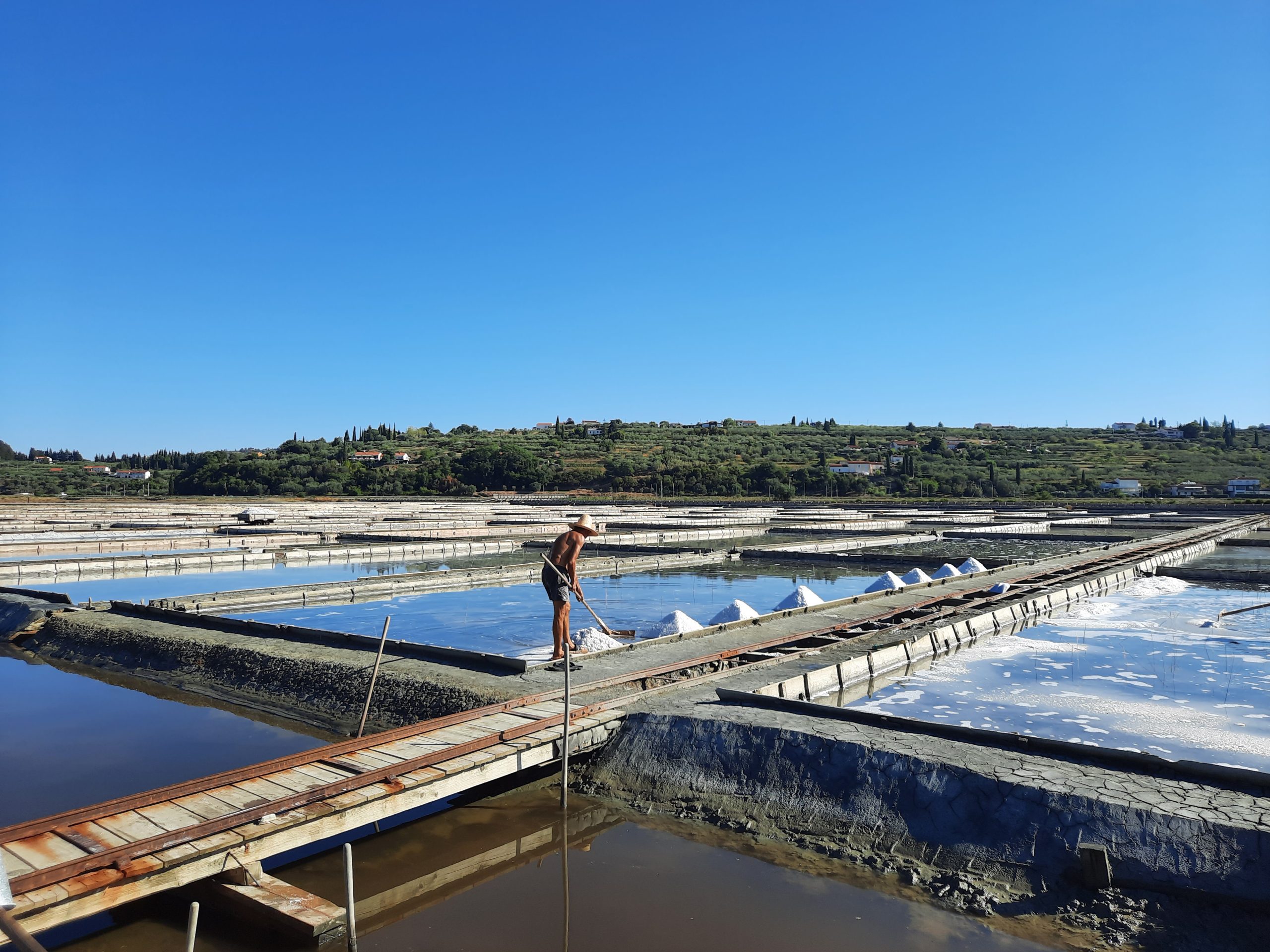
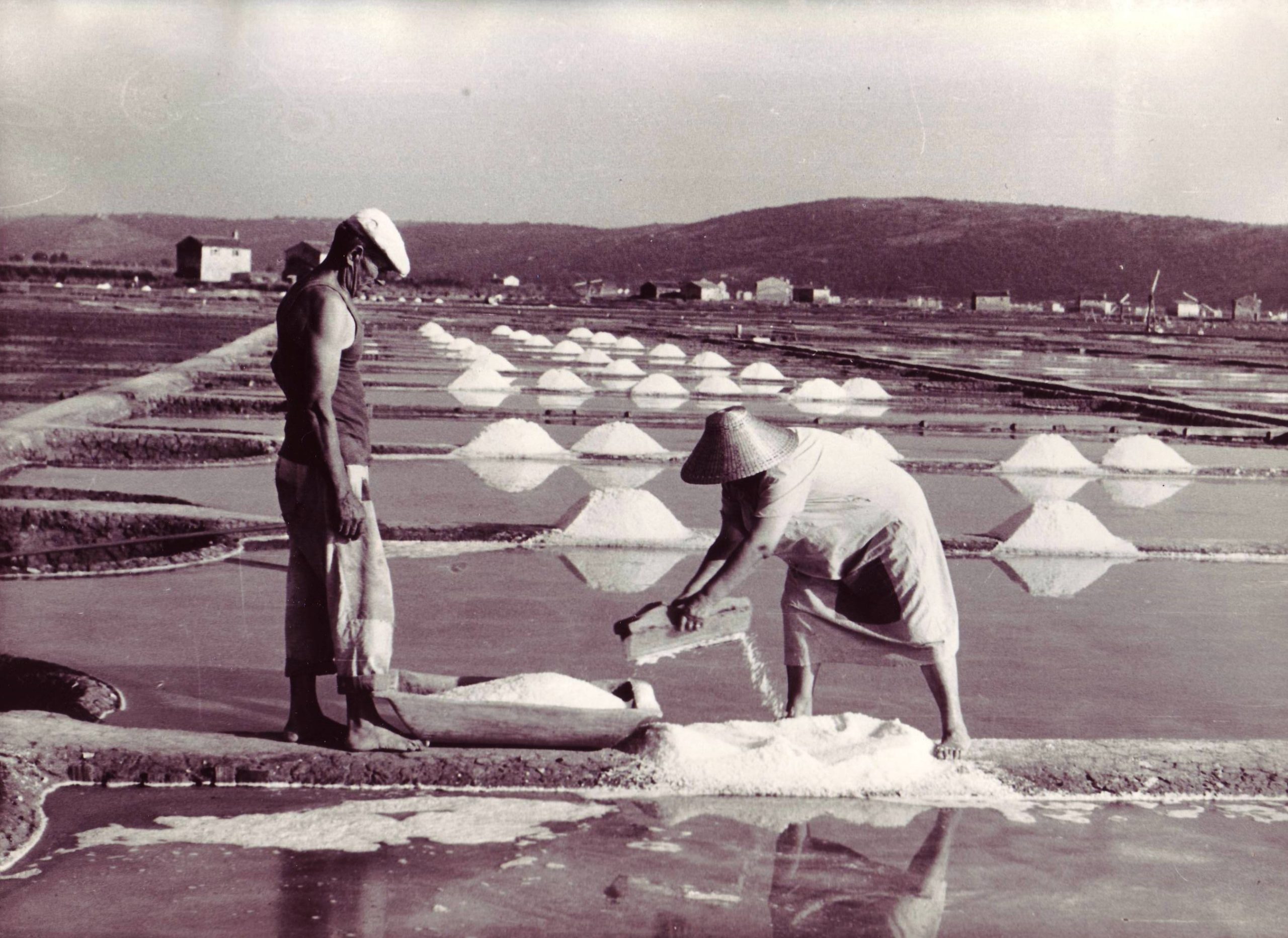
The beginnings of salinisation
The Piran salterns and the inseparable salt industry associated with them represent an outstanding cultural heritage quality. The rich testimony places them at the level of ethnological, technical, architectural, historical, settlement and cultural landscape heritage of exceptional importance on a national and wider scale. One of the greatest qualities of the salt industry of the Piran salterns is that it enables the coexistence of the protection of cultural and natural heritage, but only on condition that the salt industry is carried out regularly and on a daily basis.
The Piran salterns are a place of centuries of human activity. The preservation of the salt area is conditioned by its original use, which is salt farming. It is precisely man's historical presence and continuous use that defines the saline landscape as a cultural landscape.
Methods of salt extraction
The way salt extraction is carried out in the Piran salterns can be divided into two types. Medieval, with the last remnants in the southern area of the Fontanigge salterns, and modernised at the beginning of the 20th century, which is present in the northern area of the Lera salterns and in the Strunjan salterns. In both cases, the types of salt production present are traditional salt production, based on man's understanding and manipulation of natural features such as sea water, sun, wind, tide, local materials, etc. Traditional salt production, as a key element in the preservation of all the elements and values of the saline landscape, inextricably links the tangible and intangible elements of the cultural heritage, as well as creating the conditions for the emergence and preservation of a specific saline ecosystem.
The main characteristic of the traditional method of salt extraction is the gradual overflow and concentration of seawater through a system of interconnected shallow pools, where it is left to the action of the sun and wind at properly measured water levels and with a well-maintained infrastructure. Almost the entire surface area of the salterns is covered by evaporation and crystallisation pools, which are distributed among other key infrastructure such as canals, dykes, sluices, walls, windmills, salt houses and other building infrastructure.
For future generations
Regular maintenance of the entire salt infrastructure is necessary to ensure perfectly clean, white salt. Work in salterns involves a relatively large number of tasks that need to be carried out on a regular or annual basis. This includes the maintenance of mud and stone dykes, the maintenance of internal and external sluice gates, the rehabilitation of the surfaces of the concentration and crystallisation pools, etc.,.
Due to all the recognised and declared heritage values, the cultural heritage of the Piran salterns must be preserved for future generations. To this end, it is necessary to ensure that the formal legal framework of protection respects and promotes the historically based primary use and appearance of the area, including the revitalisation of the now abandoned areas of the salterns.
IPCHS is actively engaged in a comprehensive set of identification, documentation, study, evaluation and interpretation of the salterns heritage at several levels. Through fieldwork, the study of material and non-material sources, and cooperation with cultural heritage stakeholders, we pursue the goal of preserving and revitalising the centuries-old heritage of salterns and salt production.
